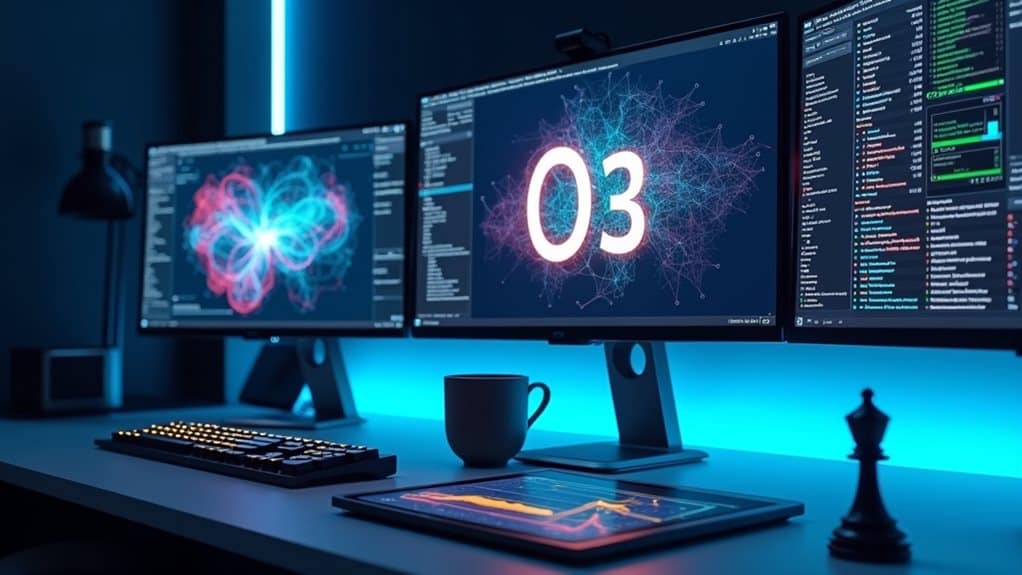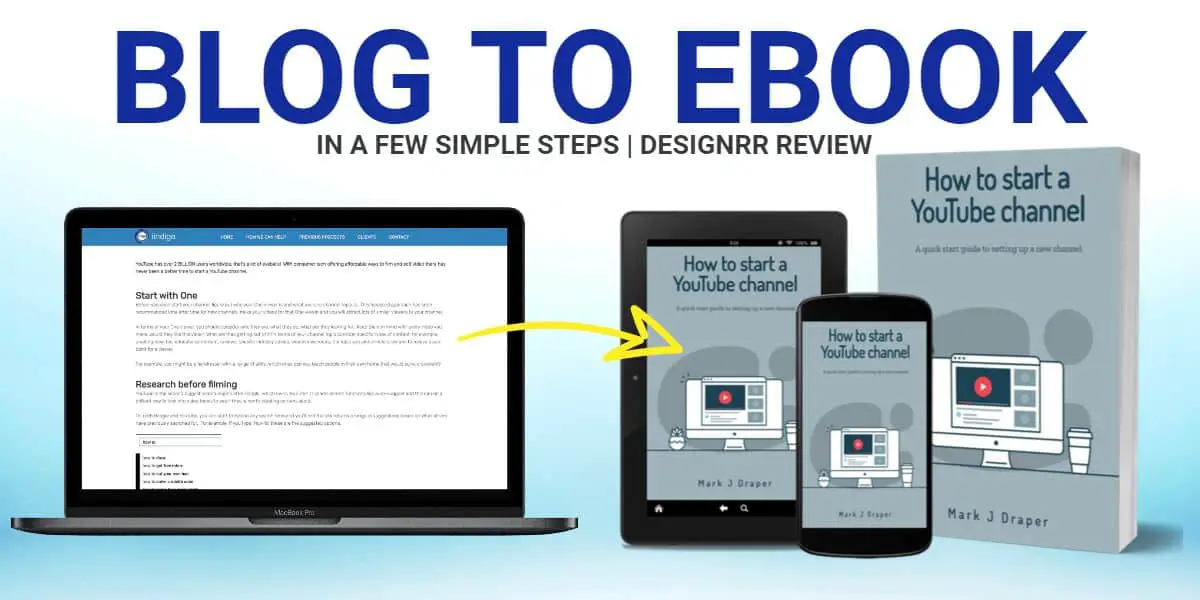ChatGPT o3 represents OpenAI’s strategic pivot toward balancing advanced AI capabilities with broader market access. You’ll notice the dual approach: the flagship o3 model targets complex reasoning tasks for premium users, while o3-mini offers improved efficiency at lower cost for wider adoption. This strategy addresses growing competition from affordable alternatives like DeepSeek AI while maintaining performance standards. OpenAI’s focus on tiered access and cost-efficiency signals their commitment to sustainable growth in the evolving AI landscape.

While OpenAI continues to expand its AI capabilities, the introduction of the o3 model family represents a significant leap forward in generative AI technology. The family includes two main variants: o3 and o3-mini, each designed with specific uses and audiences in mind. The flagship o3 model excels in complex reasoning tasks and specialized domains like programming and mathematics.
You’ll find that o3-mini has become widely accessible to users across different subscription tiers, including free ChatGPT users. This democratization of advanced AI technology marks a strategic shift in OpenAI’s approach to market penetration.
The focus on efficiency and cost with o3-mini addresses growing concerns about OpenAI’s sustainability. The company faces increasing competition from more affordable alternatives like DeepSeek AI, which has put pressure on OpenAI’s operating model. Expert evaluations show o3-mini delivers a 39% reduction in major errors on difficult real-world questions compared to its predecessor.
OpenAI’s cost-efficient o3-mini responds to sustainability concerns amid rising competition from more affordable AI alternatives.
Both models showcase OpenAI’s commitment to advancing reasoning capabilities. The o3 model demonstrates exceptional step-by-step logical reasoning, making it valuable for complex business analysis and automation tasks. This shift emphasizes the importance of asking questions rather than simply finding answers in the AI-driven research landscape. O3-mini offers streamlined reasoning with a focus on STEM domains.
Safety remains a priority in the development of these models. OpenAI implemented deliberative alignment techniques to help the systems evaluate prompts against safety specifications. The company conducted extensive safety evaluations and red-teaming before release.
For developers, o3-mini’s integration with APIs offers new possibilities. The model supports various developer features like function calling and has improved response times compared to previous versions.
OpenAI has structured access to balance performance with cost. ChatGPT Plus and Team users receive higher rate limits of 150 messages per day with o3-mini, while Pro users can access the more powerful o3 model through the Deep Research service.
This tiered approach reflects OpenAI’s strategy to provide advanced capabilities while managing computational demands. By offering different levels of access and performance, the company aims to balance innovation with sustainable growth in an increasingly competitive AI landscape.
Frequently Asked Questions
How Does Chatgpt O3 Compare to Competitors Like Claude and Gemini?
ChatGPT O3 excels in step-by-step reasoning and coding, with high STEM accuracy.
You’ll find it widely accessible and integrated across multiple platforms.
Claude offers stronger content creation and enhancement capabilities, though with slightly slower response times.
Gemini 2.0 provides transparency in its reasoning process and balances both STEM and non-STEM tasks efficiently with notable speed.
Each has distinct strengths – O3 for logical tasks, Claude for content depth, and Gemini for versatility and transparency.
Will Openai Release the Technical Specifications of O3’s Architecture?
OpenAI will likely release limited technical specifications of o3’s architecture.
Based on their past practices with models like GPT-4, you can expect selective disclosure rather than full transparency.
They’ll probably share enough information for developers to effectively use the model while protecting their competitive advantage.
The company has already invited safety researchers for early access, suggesting they’ll follow a controlled information release pattern that balances transparency with intellectual property protection.
What Are O3’s Limitations Compared to GPT-4?
O3’s limitations compared to GPT-4 include its lack of multimodal capabilities, as it’s primarily text-focused while GPT-4 handles text, images, and audio.
You’ll find O3 requires significant computational resources, potentially limiting accessibility.
It also lacks human-like intuition, relying more on computational approaches.
While O3 has a larger context window (200K vs 128K tokens), its availability remains more restricted than the widely accessible GPT-4.
How Much Did Developing O3 Cost Openai?
The exact development cost of O3 hasn’t been publicly disclosed by OpenAI.
You can infer that it required significant investment based on its computational demands – it uses 172 times more resources than its low configuration version for complex tasks.
The high operational costs are reflected in the per-task price increase from $3,000 to $30,000.
These figures suggest that developing the advanced reasoning capabilities of O3 required substantial financial resources.
Can Previous Chatgpt Plugins Work With the O3 Model?
Based on available information, your existing ChatGPT plugins may require adjustments to work properly with the O3 model.
Current plugins primarily support GPT-4, and compatibility with O3 likely requires updates to plugin architecture and API endpoints.
You’ll probably need to update your plugin configurations to benefit from O3’s advanced reasoning capabilities.
OpenAI hasn’t provided specific details about plugin compatibility, so developers should prepare for potential technical challenges during integration with this newer model.





